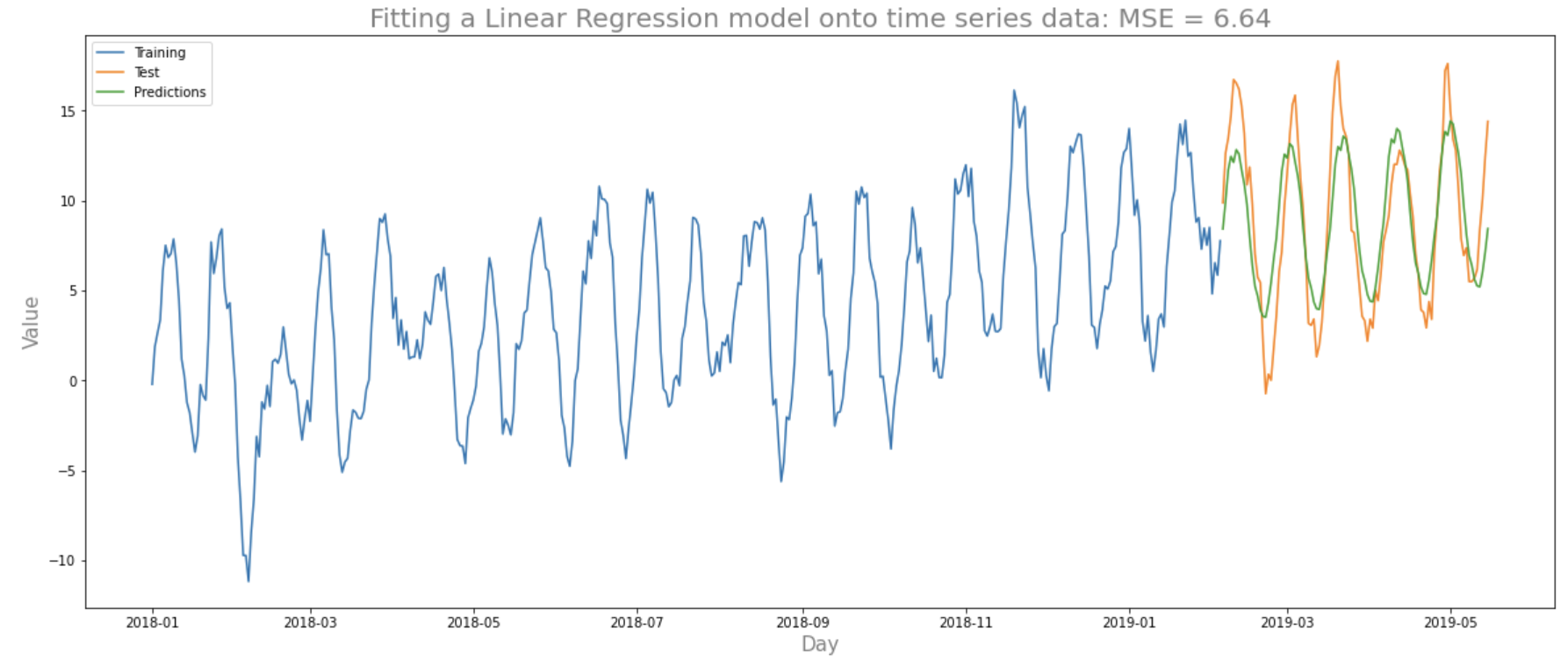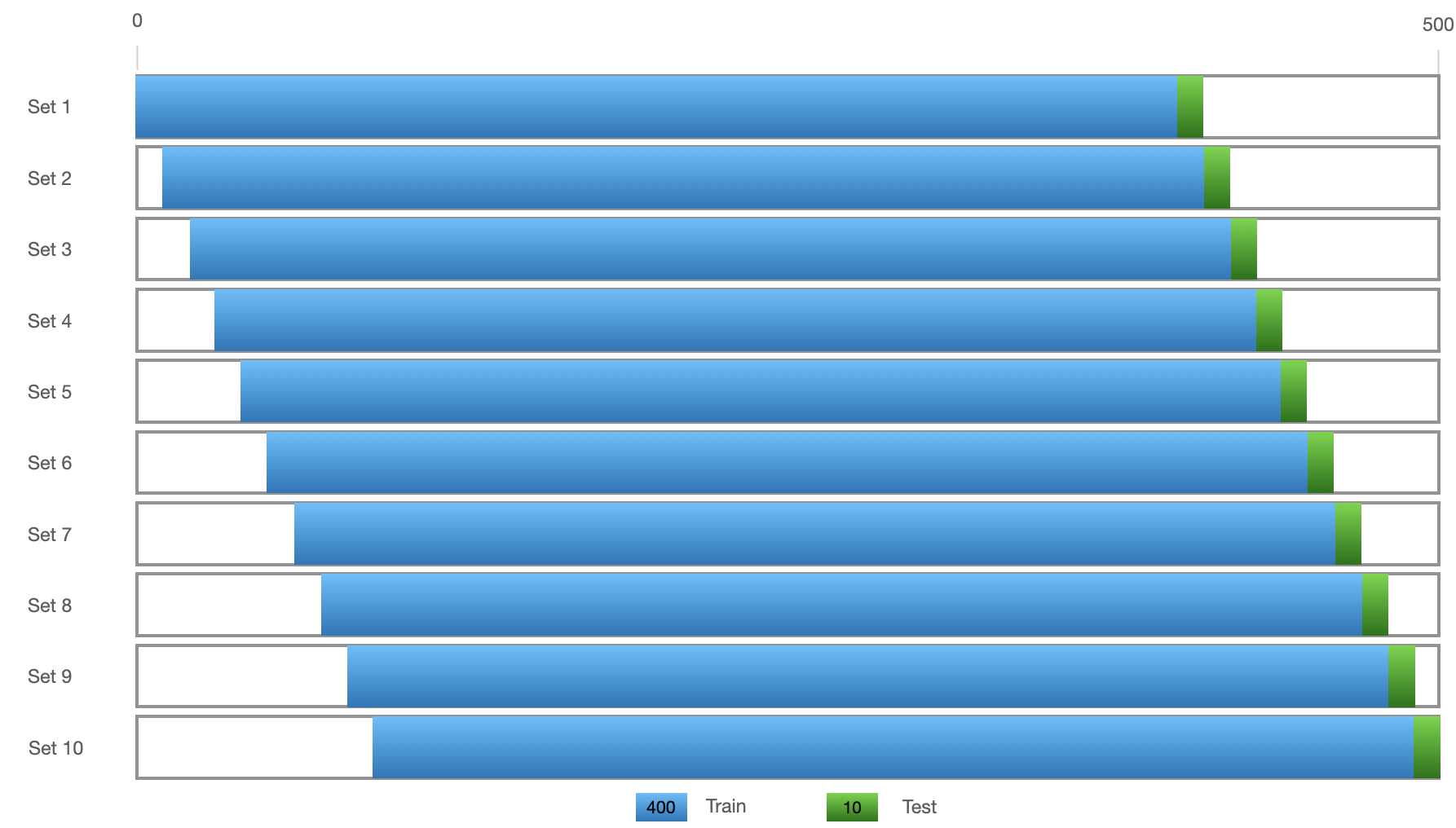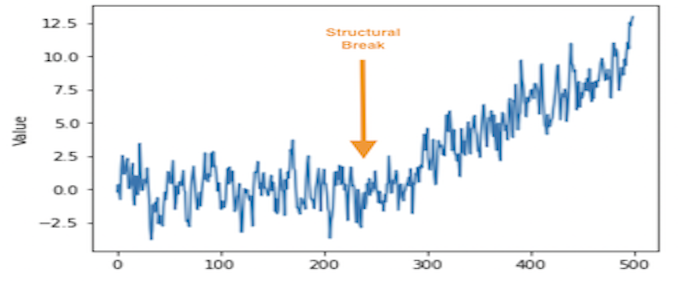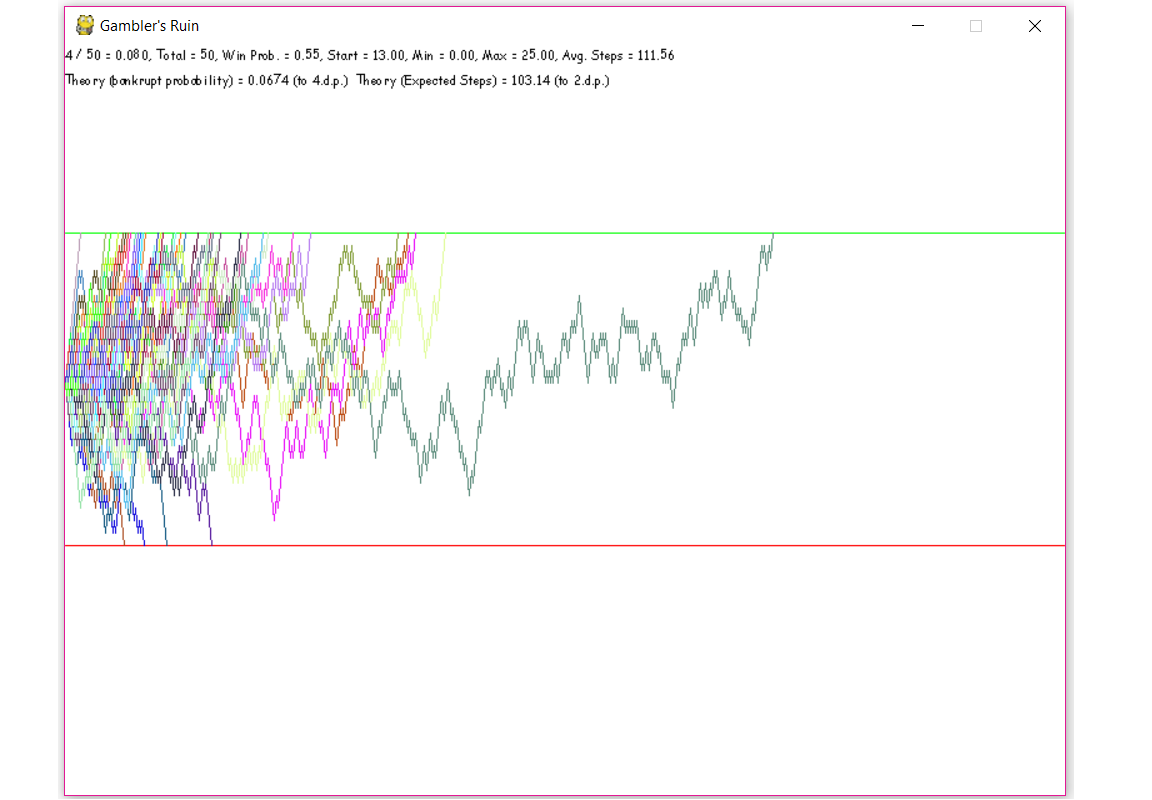Time Series Analysis Part 5 – Oxford Temperature
Over the past 4 articles the focus was on applying time series techniques to generated time series data. The last article walked through a build up of a multiple linear regression model while incorporating time lags and trend as features. This resulted in a model with MSE comparable to the…




